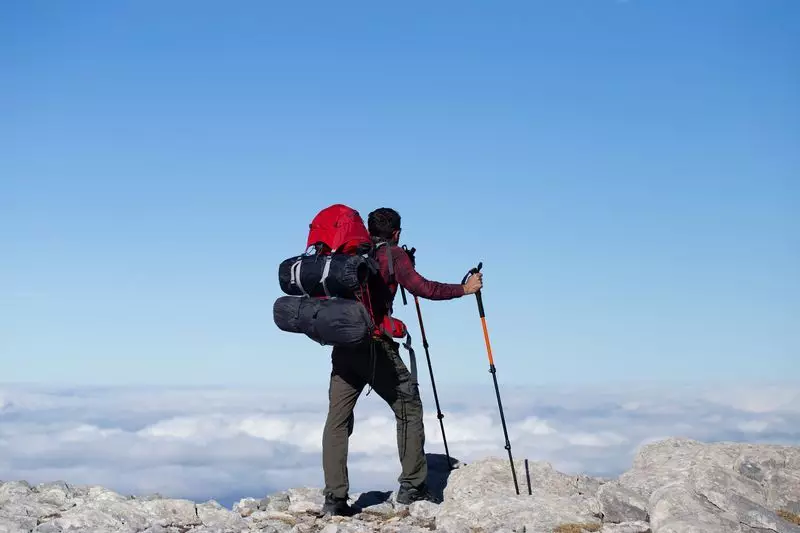
In a heartbreaking incident that underscores the dangers of high-altitude trekking, a 34-year-old Indian adventurer lost his life to altitude sickness while attempting to conquer Nepal's famous Annapurna Circuit.
Aniket Sedage, a resident of Pune, Maharashtra, was ascending toward Thorong La Pass when he began experiencing severe symptoms of Acute Mountain Sickness (AMS). The tragedy unfolded on Tuesday as Sedage was making his way through the challenging high-altitude terrain that has claimed several lives over the years.
The Fatal Ascent
According to local authorities and trekking agencies, Sedage started showing alarming symptoms of altitude sickness while approaching High Camp, situated at approximately 4,800 meters above sea level. Despite immediate medical attention and efforts to descend, his condition deteriorated rapidly.
"The trekker was suffering from High Altitude Pulmonary Edema (HAPE), one of the most severe forms of altitude sickness," reported Nepalese police officials. "Despite rescue efforts and administration of emergency oxygen, he could not be saved."
Rescue Efforts and Tragic Outcome
When Sedage's condition became critical, fellow trekkers and guides immediately alerted local rescue teams. A helicopter was dispatched for emergency evacuation, but the treacherous weather conditions and high altitude complicated rescue operations.
The young trekker was pronounced dead before he could be transported to a lower altitude or proper medical facility. His body has been transferred to Manipal Hospital in Pokhara for further procedures and eventual repatriation to India.
A Sobering Reminder for Mountain Enthusiasts
The Annapurna Circuit, while breathtakingly beautiful, presents significant altitude challenges that demand proper preparation and awareness:
- Proper acclimatization is crucial when ascending above 3,000 meters
- Recognizing early symptoms of altitude sickness can save lives
- Emergency descent remains the most effective treatment for severe AMS
- Travel insurance with helicopter evacuation coverage is essential
Growing Concern for Indian Trekkers
This tragic incident highlights the increasing number of Indian adventure enthusiasts exploring Nepal's Himalayan trails. While the beauty of these mountains is undeniable, proper training, physical preparation, and understanding of altitude-related risks are non-negotiable for safe trekking.
The Indian Embassy in Nepal has been notified and is assisting with the repatriation process, while local authorities have launched an awareness campaign about altitude sickness prevention among trekking groups.





